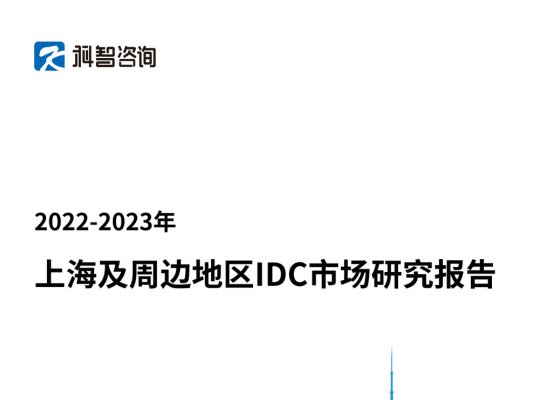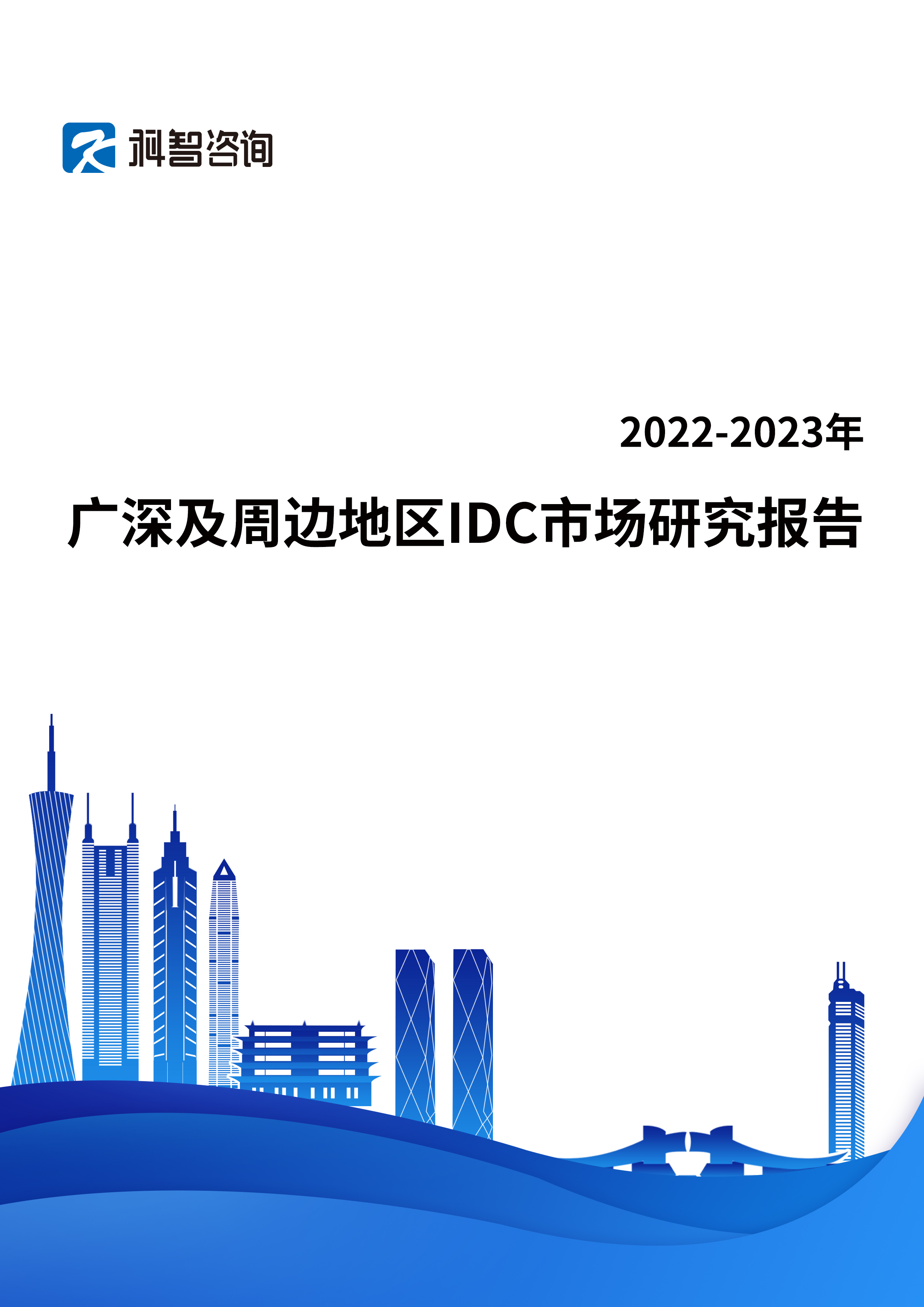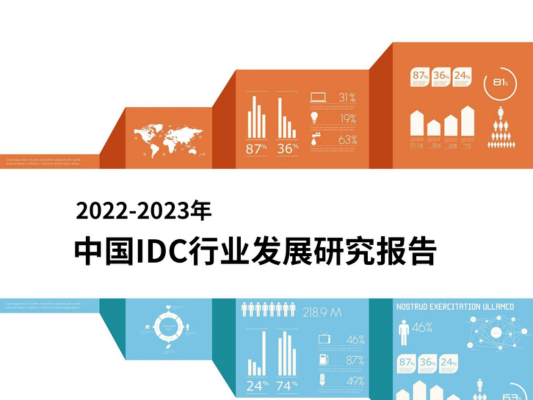The Globalization of Digital Infrastructure
The United States has long been the epicenter of digital infrastructure. With Northern Virginia, Dallas–Fort Worth, Chicago, and Silicon Valley leading the way, the U.S. accounts for a disproportionate share of global cloud regions, hyperscale campuses, and interconnection hubs.
By 2025, however, the financial story behind this infrastructure is increasingly international. Sovereign wealth funds, global private equity firms, and infrastructure investors from Europe, the Middle East, and Asia are pouring billions into U.S. data center assets. For them, the U.S. represents not just a market but the foundation of global digital growth.
Foreign investment in U.S. data centers is no longer speculative. It is now a strategic allocation, as global funds seek long-term returns from an asset class that blends the stability of real estate with the growth of technology. The question is: what exactly are these investors eyeing—and how will their influence reshape the U.S. data center landscape?
Why Global Investors Target U.S. Data Centers
Stability of Cash Flows
Data centers generate predictable, recurring revenue through long-term leases with hyperscalers, enterprises, and colocation providers. In an uncertain global economy, this stability is attractive to sovereign wealth funds and pension investors seeking reliable returns.
Unlike volatile tech startups, data centers represent hard infrastructure, underpinned by real estate, power contracts, and mission-critical demand. This resilience makes them one of the most attractive real estate classes globally.
Scale of the U.S. Market
The U.S. leads the world in hyperscale capacity, accounting for nearly 50% of all global data center power consumption. Northern Virginia alone surpasses most entire countries in installed capacity. For foreign investors, U.S. assets provide scale that is unmatched anywhere else.
Hedge Against Domestic Market Constraints
In regions like Europe and Asia, land and power constraints limit large-scale builds. By investing in U.S. assets, foreign funds gain exposure to growth markets without facing the same regulatory bottlenecks as in their home geographies.
Types of Investors Driving Capital Inflows
Sovereign Wealth Funds
Funds from the Middle East (e.g., ADIA, Mubadala, PIF) and Asia (e.g., GIC, Temasek) are among the most active foreign investors in U.S. data centers. Their goals are long-term: securing exposure to digital infrastructure that underpins global GDP.
These funds often partner with U.S. operators on joint ventures for hyperscale campuses, providing capital while leveraging local expertise.
Global Private Equity
Firms like Blackstone, KKR, and Brookfield have aggressively targeted U.S. data centers, often with foreign LP (limited partner) backing. They view the sector as a growth real estate category, similar to logistics warehouses a decade ago.
Private equity’s role often includes portfolio roll-ups, acquiring multiple data centers and consolidating them under single platforms to achieve scale.
Infrastructure Funds
Global infrastructure investors, such as Macquarie and EQT, approach data centers through the lens of long-term utility-like assets. Their focus is on stability, ESG performance, and multi-decade growth. These funds often align well with hyperscaler leasing timelines, which can stretch 10–20 years.
What Assets Are Most Attractive?
Mega-Campuses in Tier 1 Markets
Northern Virginia, Dallas–Fort Worth, Chicago, and Phoenix remain the crown jewels. Foreign investors seek mega-campus developments in these regions, where hyperscalers anchor long-term leases and interconnection ecosystems are robust.
Land and Power Pipelines
In many cases, investors are not just buying operating facilities—they’re securing land banks and power contracts. This strategy ensures they can support future growth, even as utilities impose constraints in Tier 1 markets.
Sustainable and Renewable-Ready Facilities
Foreign investors, particularly European funds, are prioritizing assets with strong ESG credentials. Facilities powered by renewable PPAs, equipped for liquid cooling, or integrated with heat reuse infrastructure are commanding premiums.
Wholesale Colocation Providers
Retail colocation ecosystems like Equinix are well-established, but wholesale colocation providers—those developing 100+ MW campuses for hyperscalers—are increasingly in demand. Foreign investors view wholesale as the growth engine of U.S. data centers.
The Impact on U.S. Operators
Access to Capital for Expansion
Foreign investment provides U.S. operators with billions in growth capital, enabling them to acquire land, secure power, and build new campuses faster than balance sheets alone would allow.
This capital is critical at a time when AI workloads are accelerating demand, requiring multi-hundred-MW deployments on short timelines.
Competitive Pressure
With foreign capital backing certain operators, competition intensifies. Well-capitalized players can outbid rivals for land, power, and anchor tenants, raising the stakes across the industry.
Strategic Partnerships
Many U.S. operators welcome foreign investment not only for capital but also for global expansion opportunities. Partnerships with sovereign wealth funds often include provisions for co-investing in international markets, creating reciprocal growth strategies.
Risks and Challenges
Regulatory Scrutiny
Foreign investment in U.S. critical infrastructure is subject to review by CFIUS (Committee on Foreign Investment in the United States). Concerns over national security, data sovereignty, and control of sensitive assets mean some deals face heightened scrutiny.
Overvaluation Risk
As capital floods in, valuations of U.S. data centers are climbing. Some analysts warn of overheating, with assets trading at multiples that may outpace earnings growth. Investors must balance enthusiasm with disciplined due diligence.
Concentration on Hyperscalers
Foreign investors often favor assets with hyperscaler tenants due to their stability. However, this creates tenant concentration risk. If hyperscaler strategies shift—toward more self-builds, for example—some assets could face vacancy challenges.
Where Will Capital Flow Next?
Secondary U.S. Markets
Foreign investors are beginning to eye secondary markets like Salt Lake City, Reno, and Atlanta, where land and power remain more available. These bets anticipate that demand will ripple beyond Tier 1 hubs as constraints intensify.
Greenfield Developments
Instead of only acquiring existing assets, foreign funds are increasingly financing greenfield campuses from the ground up. This allows them to shape facilities around sustainability and density from day one.
Edge and Regional Infrastructure
As 5G and edge computing expand, foreign investors may also target smaller regional facilities, diversifying portfolios beyond mega campuses. This strategy aligns with trends toward distributed architectures.
Strategic Role of Foreign Investment in 2025 and Beyond
Foreign capital is not just financing U.S. data centers—it is reshaping the industry’s trajectory. With billions flowing from sovereign wealth funds, private equity, and infrastructure investors, U.S. operators are able to build faster, bigger, and greener than ever before.
For enterprises, this means more capacity, more options, and more geographically diverse colocation opportunities. For operators, it means both opportunity and competition, as capital-backed rivals raise the bar.
In 2025 and beyond, foreign investment will be one of the defining forces of U.S. digital infrastructure. The real question is not whether global funds will invest—it’s which markets, assets, and operators will capture the most value.
Source: datacenters




